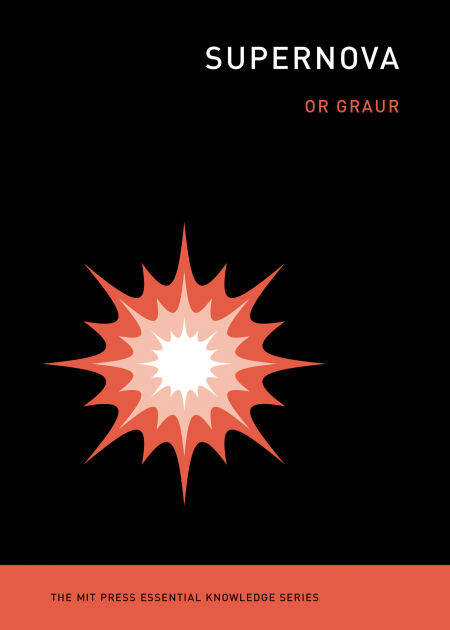
- Afhalen na 1 uur in een winkel met voorraad
- Gratis thuislevering in België vanaf € 30
- Ruim aanbod met 7 miljoen producten
- Afhalen na 1 uur in een winkel met voorraad
- Gratis thuislevering in België vanaf € 30
- Ruim aanbod met 7 miljoen producten
Zoeken
€ 16,71
+ 16 punten
Omschrijving
A concise illustrated introduction to the history and physics of supernovae, the brilliant explosions of stars; with striking color illustrations.
Supernovae are the explosions of stars. They are some of the most energetic phenomena in the Universe, rivaling the combined light of billions of stars. Supernovae have been studied for centuries, and they have also made appearances in popular culture: a glimpse of a supernova in a painting provides Sherlock Holmes with a crucial clue, for example. In this volume in the MIT Press Essential Knowledge series, astrophysicist Or Graur offers a concise and accessible introduction to these awe-inspiring astronomical phenomena.
Graur explains that a deep observational understanding of supernovae—why and how they shine and how their brightness changes over time—allows us to use them as tools for experiments in astrophysics and physics. A certain type of supernova, for example, brightens and fades in such a predictable manner that we can measure the distances to their host galaxies. We owe our existence to supernovae—they give us iron for our blood and calcium for our bones. But supernovae may also have caused a mass extinction event on Earth 2.6 million years ago.
Graur shows how observations of supernovae played a role in the transformation of astronomy from astrology to astrophysics; surveys the tools used to study supernovae today; and describes the lives and deaths of stars and the supernova remnants, neutron stars, and black holes they leave behind. Illustrations in both color and black and white, many from Graur’s own Hubble Space Telescope data, make this account of supernovae particularly vivid.
Supernovae are the explosions of stars. They are some of the most energetic phenomena in the Universe, rivaling the combined light of billions of stars. Supernovae have been studied for centuries, and they have also made appearances in popular culture: a glimpse of a supernova in a painting provides Sherlock Holmes with a crucial clue, for example. In this volume in the MIT Press Essential Knowledge series, astrophysicist Or Graur offers a concise and accessible introduction to these awe-inspiring astronomical phenomena.
Graur explains that a deep observational understanding of supernovae—why and how they shine and how their brightness changes over time—allows us to use them as tools for experiments in astrophysics and physics. A certain type of supernova, for example, brightens and fades in such a predictable manner that we can measure the distances to their host galaxies. We owe our existence to supernovae—they give us iron for our blood and calcium for our bones. But supernovae may also have caused a mass extinction event on Earth 2.6 million years ago.
Graur shows how observations of supernovae played a role in the transformation of astronomy from astrology to astrophysics; surveys the tools used to study supernovae today; and describes the lives and deaths of stars and the supernova remnants, neutron stars, and black holes they leave behind. Illustrations in both color and black and white, many from Graur’s own Hubble Space Telescope data, make this account of supernovae particularly vivid.
Specificaties
Betrokkenen
- Auteur(s):
- Uitgeverij:
Inhoud
- Aantal bladzijden:
- 240
- Taal:
- Engels
- Reeks:
Eigenschappen
- Productcode (EAN):
- 9780262367370
- Verschijningsdatum:
- 7/02/2022
- Uitvoering:
- E-book
- Beveiligd met:
- Adobe DRM
- Formaat:
- ePub

Alleen bij Standaard Boekhandel
+ 16 punten op je klantenkaart van Standaard Boekhandel
Beoordelingen
We publiceren alleen reviews die voldoen aan de voorwaarden voor reviews. Bekijk onze voorwaarden voor reviews.








